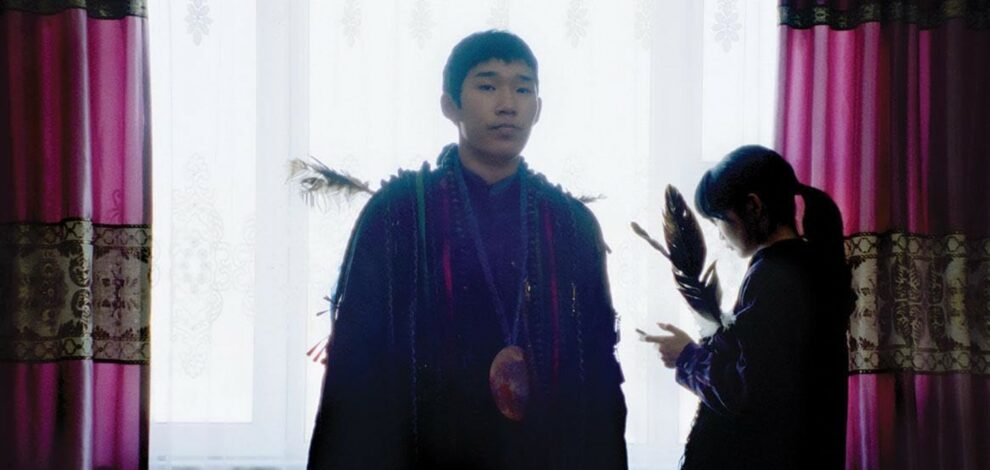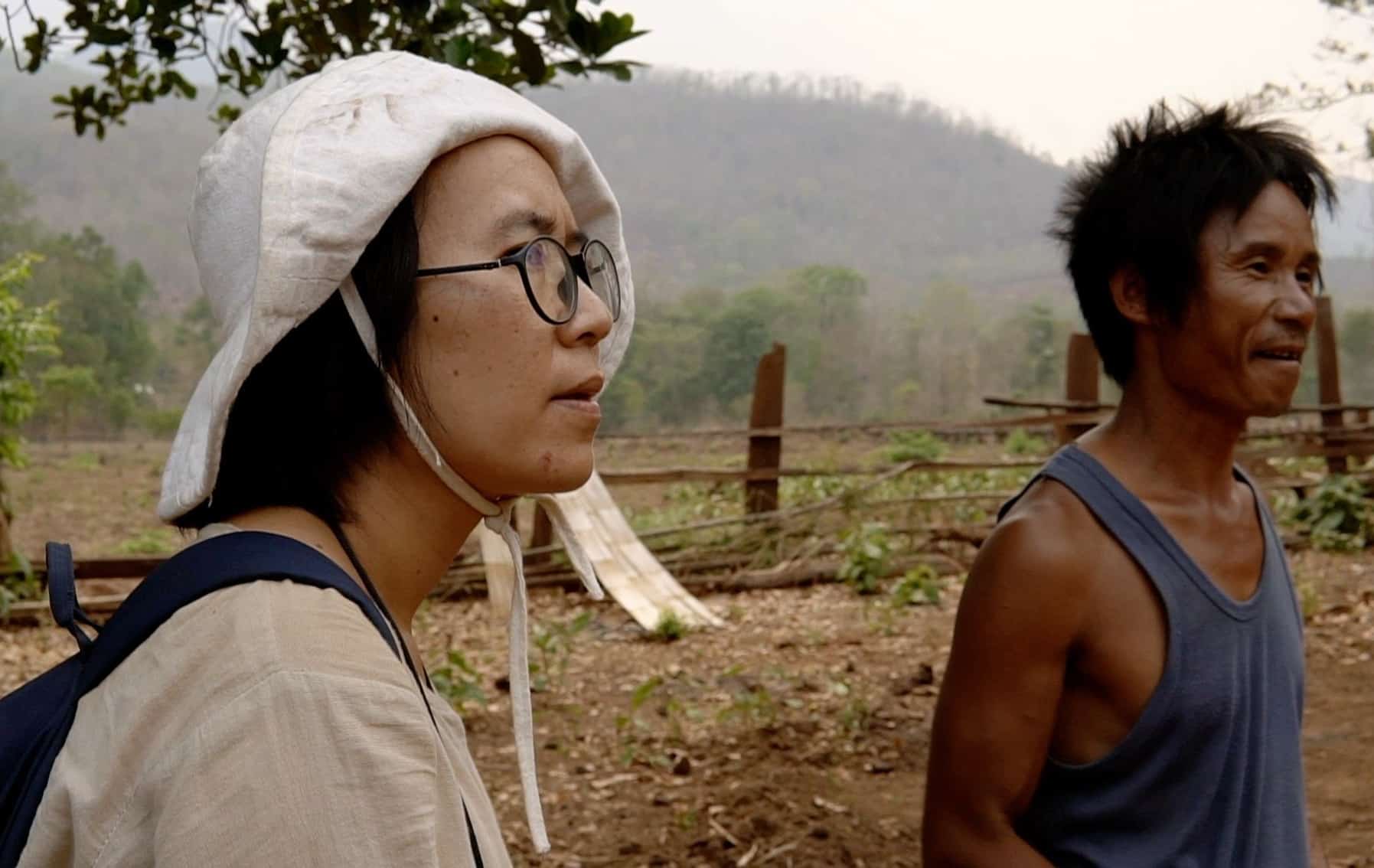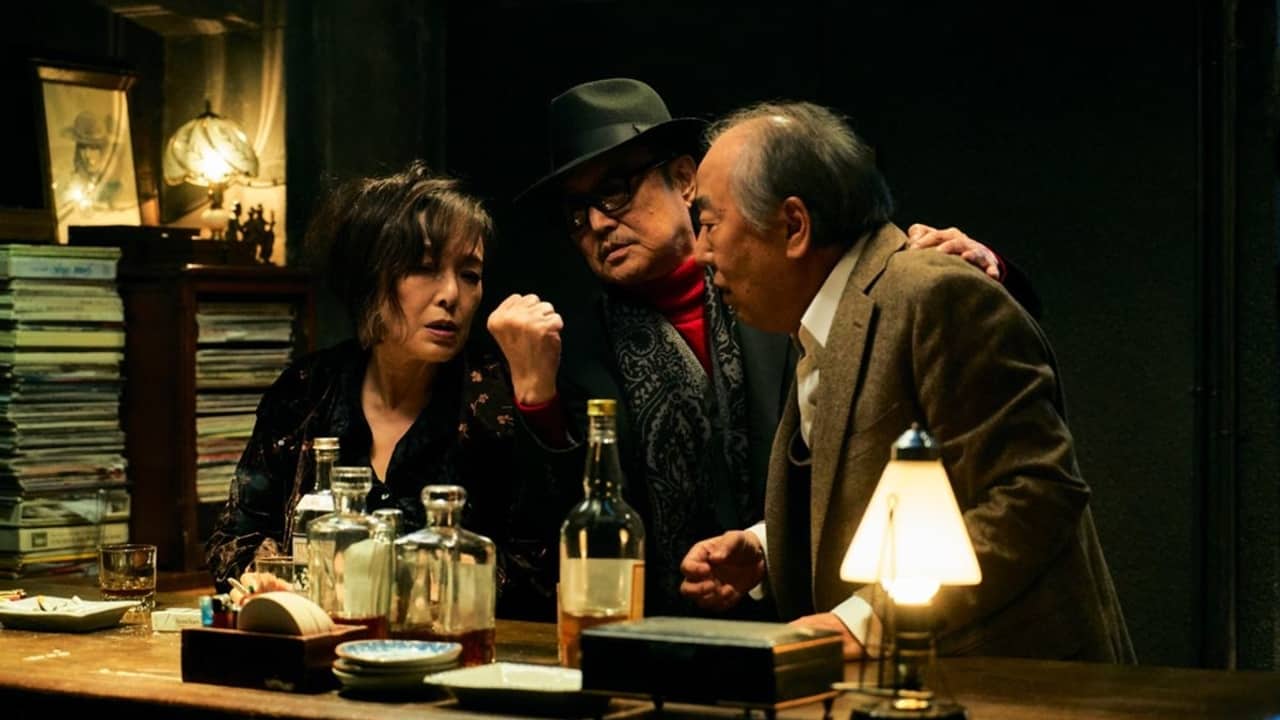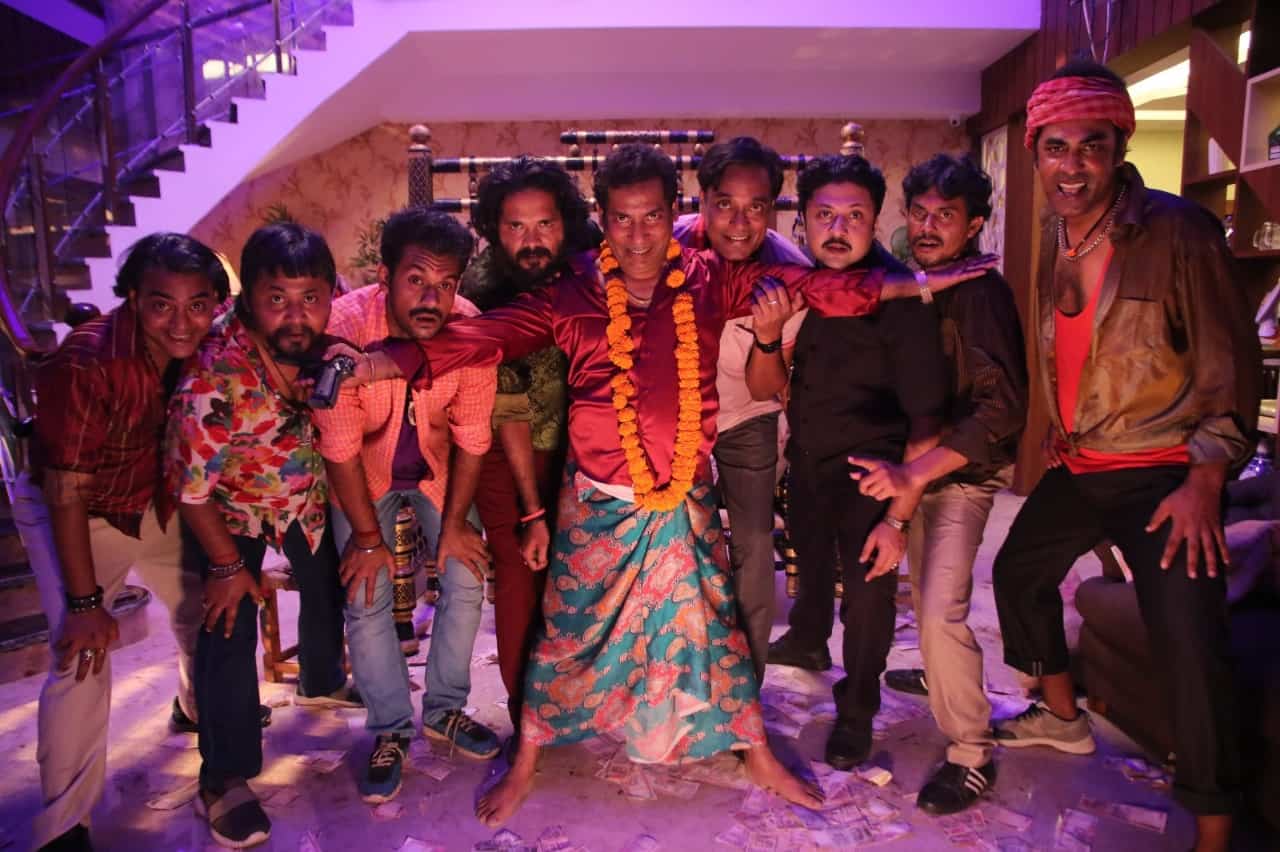“City of Wind” is the debut feature film by Mongolian director Lkhagvadulam Purev-Ochir. Presented last September at the 80th Venice Film Festival, it won the “Best Actor” award in the Horizons section for the performance of Tergel Bold-Erdene. The film received numerous nominations at major world festivals, including the Palm Springs International Film Festival (Best Foreign Language Film – FIPRESCI Prize), Molodist Kyiv International Film Festival (International Competition), and Asian Film Awards (Best New Director, Best Newcomer). At the Pingyao International Film Festival, in addition to being nominated for the Rossellini Award and People's Choice Award categories, it was recognized as the Best Director (Roberto Rossellini Award).
City of Wind is screening at Osaka Asian Film Festival
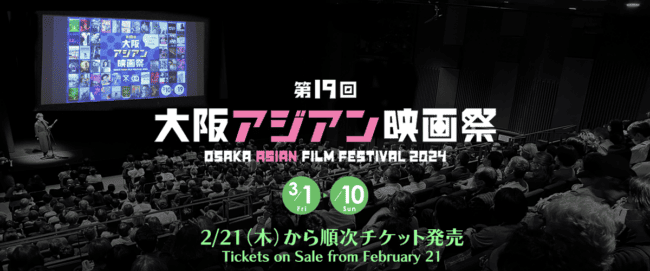
Without a shadow of a doubt, we are faced with an interesting and promising debut. We find ourselves in the ger district of the icy Ulaanbaatar. A shaman with a deep guttural voice, enveloped in cigarette smoke and hidden behind a traditional mask, fulfills his role as a mediator between the spiritual and earthly worlds. After the session, we are surprised to discover that behind the mythical appearance of the figure lies the shy face of Ze (Tergel Bold-Erdene), a mere 17-year-old boy.
Just as shamans are suspended between two worlds, Ze is likewise torn between the impulses of a typical teenager and the weighty burden of his spiritual duty, recognized not only by members of his family but also by the entire neighborhood community. But everything takes a different turn when Maralaa (Nomin-Erdene Ariunbyamba) and her mother visit him for a propitiatory ritual ahead of the girl's imminent heart surgery. The young woman is skeptical about Ze's shamanic abilities, but it's too late: he is already hopelessly in love.
“City of Wind” is a coming-of-age movie that stands out for its unique portrayal of shamanic tradition. Although not extensively explored, Ze's experience as a spiritual guide is devoid of moralism and represents a cultural heritage that is often viewed as a backward practice inherited from a bygone era. Yet, in this case, it appears utterly liberated and integrated into Mongolia's cultural fabric.
The element that stands out the most in this film is the holistic representation of nature. In “City of Wind”, everything seems to be a part of a major organism that cannot be divided into its individual parts but must be observed as a whole. For example, when Ze discusses spirits with Maralaa, he tells her that they are “part of nature”, to which she quickly responds “Is there anything that's not part of nature? Everything is part of nature”. The film exudes respect between humans, nature, and spirits. In several sequences, we see women pouring milk or tea onto the snowy ground, invoking the natural elements and otherworldly presences that inhabit it for good fortune.
There's a deeper layer to take into consideration. The director goes beyond merely depicting a pseudo-idyllic relationship with an ancient environment, rather she transforms it into a bridge linking the past, present, and future. While we witness the ger district enveloped in snow and silence, the two protagonists navigate through the modern spaces and skyscrapers of the capital, envisioning an apartment in one of the buildings and dancing amidst the strobe lights of Ulaanbaatar's nightclubs. Even when Ze experiences a romantic climax with Maralaa and feels a disconnection from the spirits, he skillfully maintains a balance between his teenage yearnings and his role as a shaman.
Another highly significant aspect of Lkhagvadulam Purev-Ochir's movie is the utterly natural and believable chemistry between Ze and Maralaa. While there are some interesting but sidelined characters, like Ze's sister, the two young protagonists manage to channel the film's energy through their performance, characterized by smiles, meaningful glances, and a vitality that communicates the thrill of youth.
Although the film loses momentum and interest in its final sequences, overall, it is an excellent work that encapsulates the bond between modernity and tradition in Mongolia through the genuine perspective of two young lovers. If these are the premises of a debut film, then we have a director to keep an eye on in the future.


